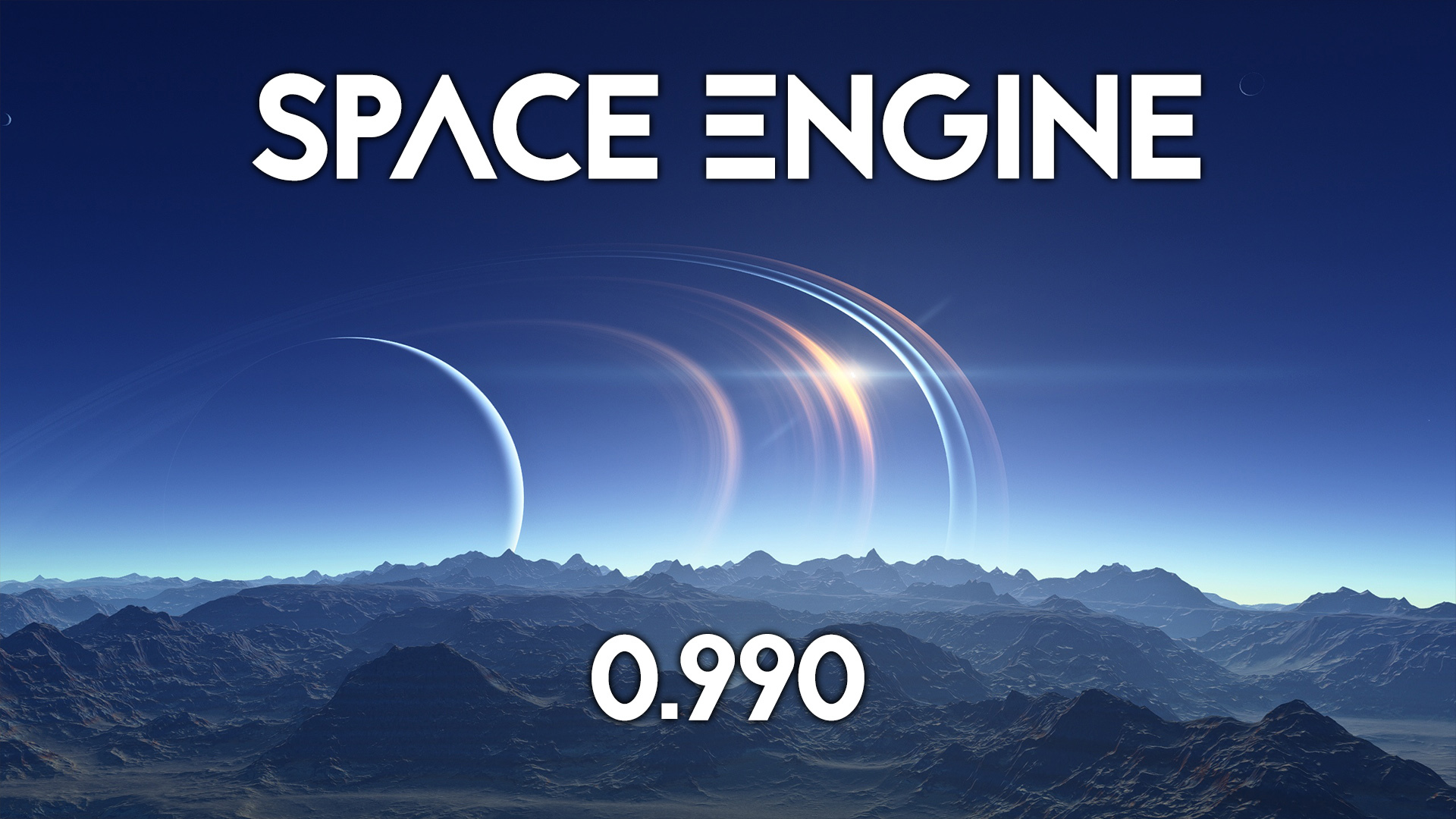
Jul 20, 2019
SpaceEngine - SpaceEngineer
So today is 50th anniversary of the historical Apollo-11 mission landing on the Moon. We made a small update - adding the Eagle model to the Moon. Go to the Locations dialog in SE, find "The Eagle has landed" location, and check it out!

Read the full story and see more screenshots on our website: http://spaceengine.org/news/blog190720/
Great news for Chinese users: next update will support Chinese! Implementation is almost ready, so you will lose nothing by buying SE now!

Read the full story and see more screenshots on our website: http://spaceengine.org/news/blog190720/
Great news for Chinese users: next update will support Chinese! Implementation is almost ready, so you will lose nothing by buying SE now!





